Even though no one thinks that they’ll be the hikers to get lost in the forest or injured, it could happen to anyone. National parks in the United States host over 300 million people per year. And while deaths are rare (about 240 per year), most of them are preventable with a bit of foresight, planning, and proper knowledge. This is where park rangers and the National Park Service’s Preventive Search and Rescue (PSAR) project come into play. If a friendly park ranger ever approaches you before a jaunt, they’re following the protocol meant to keep park-goers safe and prevent accidents from happening.
PSAR is a much-needed program that was developed in response to increasing search and rescue emergencies (SARs) within national parks from the early 1980s to the late 1990s. In 1996, park rangers set out on 482 SAR missions — double the number from 1983. And while it’s impossible for park rangers to guarantee safety across all of the country’s vast 63 parks and over 400 National Parks-managed lands, we can certainly all do our part to lighten the load. The best way to do this is to act preventatively.
To that end, PSAR has tried to educate people regarding all the reasons folks usually get hurt or go missing in national parks, such as heat-related deaths and swimming accidents. Launched in the Grand Canyon in 1997, the program has evolved quite a bit and now incorporates teams of patrolling volunteers and modern mapping tech. But, there’s no substitute for a face-to-face chat between trekker and ranger.
Read more:
The 5 Best Parks Where You Can See Bison Roam (Other Than Yellowstone)
What Kind Of Questions You Should Expect From A Park Ranger?
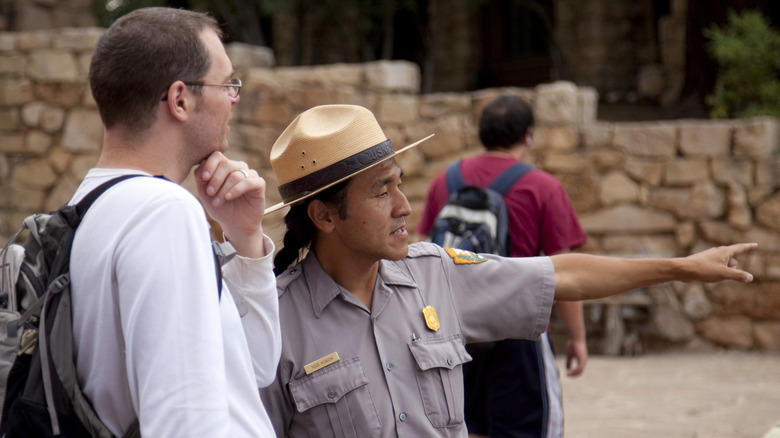
The reader could probably guess some of what a park ranger might ask, like, “Do you know the area?” or “Have you hiked here before?” But rather than ask questions willy-nilly, an encounter with a park ranger follows a certain strategy that’s part of the National Park Service’s Preventive Search and Rescue protocol. Procedures help rangers keep accurate data about what they and visitors have said and done, which provides better analyses and, therefore, better overall safety.
For example, park rangers complete daily patrol logs to document their encounters with visitors. These records detail the specific trails where these interactions took place, along with the beginning and ending times of patrols and the nature of contacts made (such as providing preventative guidance, assisting hikers, or responding to significant medical emergencies). Preventative actions primarily involve educating individuals about safety measures and addressing risky behavior or poor decisions. Park rangers may ensure you carry sufficient hydration for your trek, verify whether your attire and equipment are appropriate for hiking conditions, and confirm that you understand the local terrain. Furthermore, rangers must meticulously log every single personal conversation they engage in during their shifts.
You might make yourself better prepared simply by thinking of questions that a park ranger might ask you. If and when you meet any on the trail, make sure to keep their duties in mind and give them a hearty thank you before continuing on your way.
How The National Park Service’s Proactive Search and Rescue Efforts Help Ensure Visitor Safety
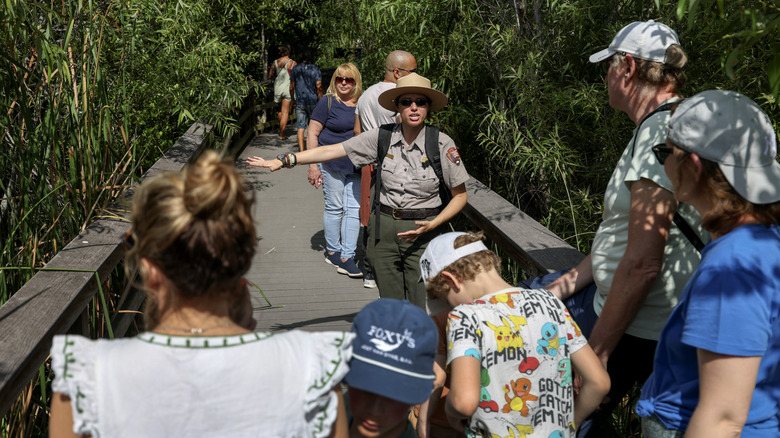
The National Park Service’s Preventive Search and Rescue (PSAR) program targets activities that often lead to injuries or fatalities. By 2010, this initiative required climbers to obtain permits.
One of Yosemite National Park’s most perilous hiking routes is Half Dome.
, due to fatalities caused by overcrowding. Additionally, park rangers teach visitors about water safety, since drowning is actually the leading cause of death in these areas within national parks.
The Lake Mead National Recreation Area unexpectedly tops the list as the most dangerous location in the U.S.; thus, visitors may wish to refrain from swimming in it or even approach it cautiously.
avoid it completely near Lake Mohave
Heat-related problems are likewise a concern for PSAR, particularly when individuals exert themselves beyond their limits or
traverse the intense heat of the Grand Canyon
By the middle of the 2010s, park rangers frequently patrolled the parks, distributing brochures to tourists as part of PSAR’s “STOP, Heat Kills” initiative, which was eventually renamed “Hike Smart.”
Currently, PSAR rangers represent a distinct category within the ranks of park rangers. These individuals are qualified Emergency Medical Technicians (EMTs) tasked with patrolling national parks or frequently positioned at chokepoints where tourists commonly traverse. This initiative includes performing safety assessments based on various parameters such as meteorological information, operational hours for trails, timing of patrols, and assistance provided to hikers. While some trekkers possess adequate knowledge, numerous others lack experience. Consequently, these rangers ensure that everyone remains safe from avoidable hazards when exploring natural settings.
Eager to uncover additional concealed treasures and get more insider travel advice?
Sign up for our complimentary email newsletter.
to unlock the globe’s most closely guarded travel tips.
Read the
original article on Islands
.

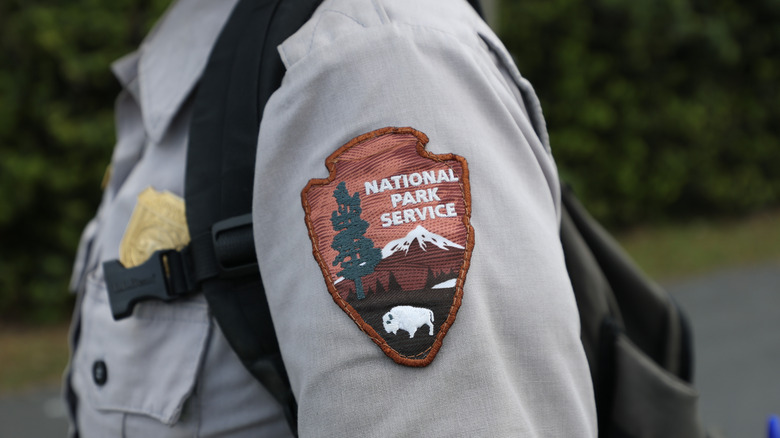
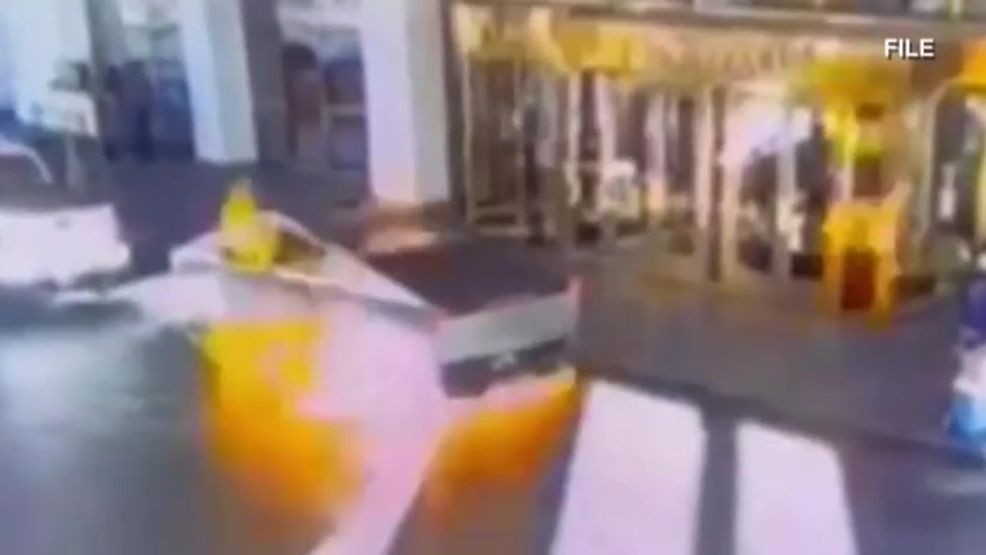






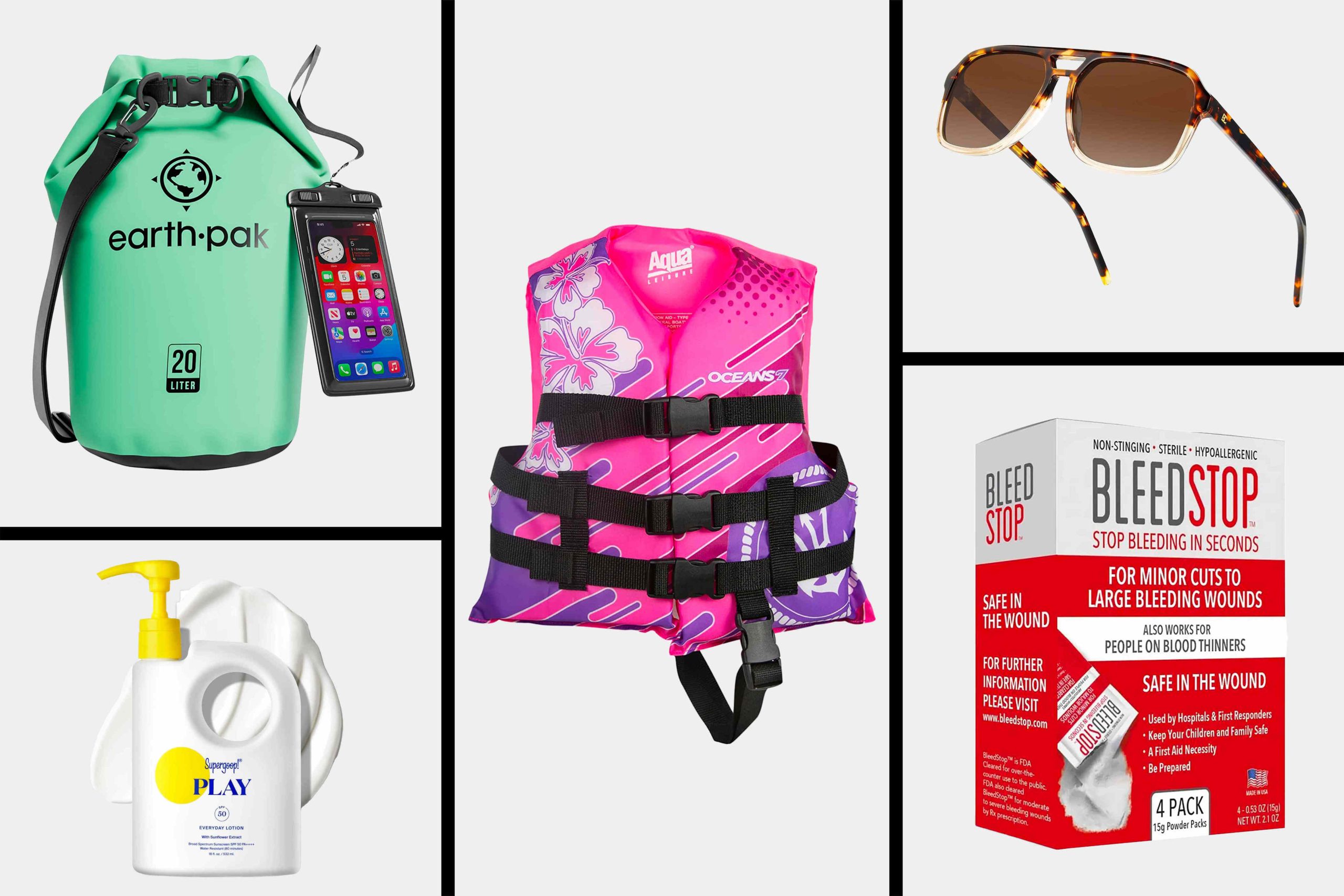
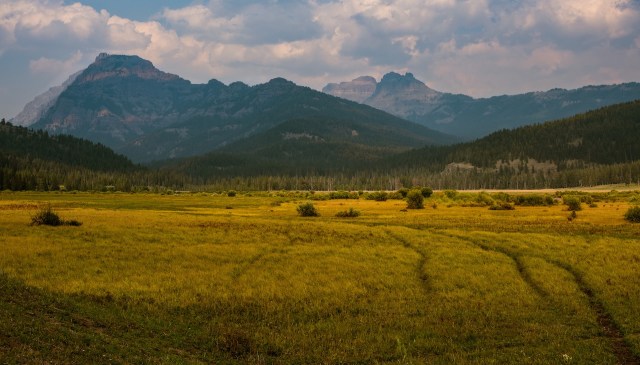

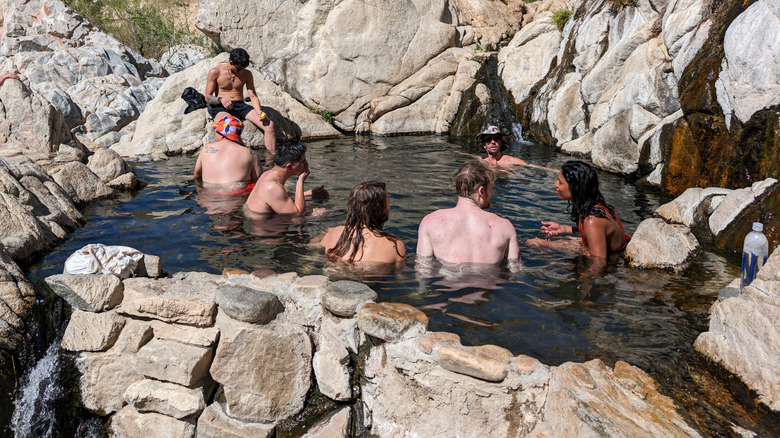




Leave a Reply